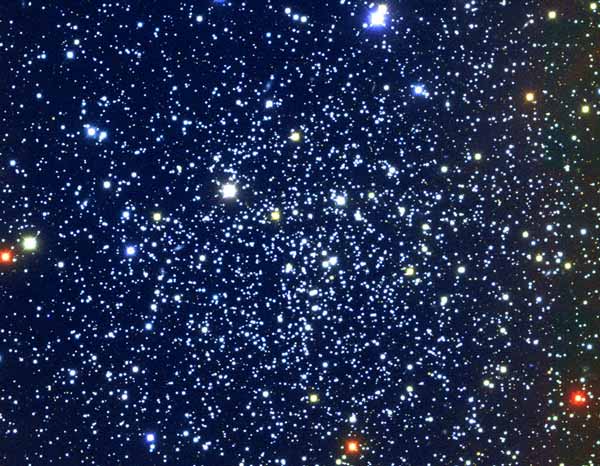Explanation: NGC 6791 is one of the oldest and largest open clusters of stars known. But how did it get so dirty? Open star clusters usually contain a few hundred stars each less than a billion years old. Open star cluster NGC 6791, however, contains thousands of stars recently measured to be about 8 billion years old. What's really confusing, though, is that the stars of NGC 6791 are relatively dirty - the minuscule amounts of heavy elements (generically called metals) are high relative to most other star clusters. Older stars are supposed to be metal poor, since metals have only been slowly accumulating in our Milky Way Galaxy. This enigma makes NGC 6791, pictured above, one of the most studied open clusters and a possible example of how stars might evolve in the centers of galaxies.
1999 2000 2001 2002 2003 2004 2005 2006 2007 2008 2009 2010 2011 2012 2013 2014 2015 2016 2017 2018 2019 2020 2021 2022 2023 2024 2025 |
Yanvar' Fevral' Mart Aprel' Mai Iyun' Iyul' Avgust Sentyabr' Oktyabr' Noyabr' Dekabr' |
NASA Web Site Statements, Warnings, and Disclaimers
NASA Official: Jay Norris. Specific rights apply.
A service of: LHEA at NASA / GSFC
& Michigan Tech. U.
|
Publikacii s klyuchevymi slovami:
NGC 6791 - open cluster - Rasseyannoe skoplenie - himicheskii sostav zvezd - vozrast zvezd
Publikacii so slovami: NGC 6791 - open cluster - Rasseyannoe skoplenie - himicheskii sostav zvezd - vozrast zvezd | |
Sm. takzhe:
Vse publikacii na tu zhe temu >> | |
